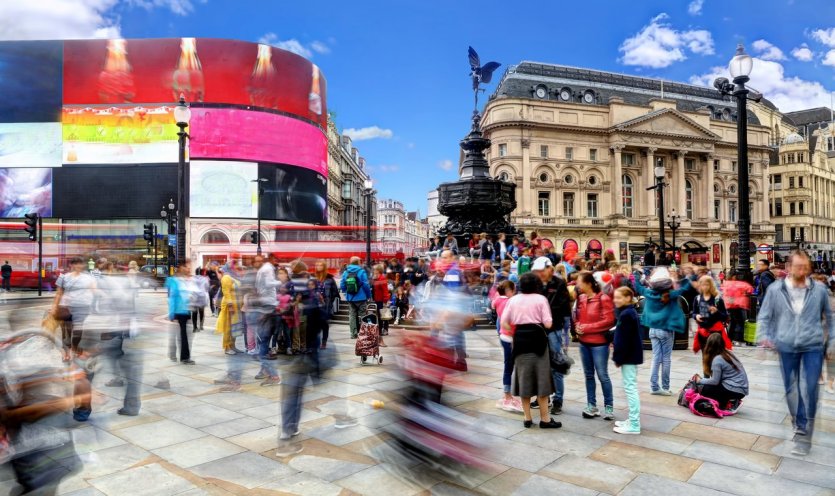
Conservative and cosmopolitan, monarchical and eccentric... London is certainly the most elusive capital in Europe, whether by its size -15 times larger than Paris-, by its royal deference or by the multitude of cultures that live there! A single weekend seems almost too little to visit its rich historical heritage, enjoy its cultural influence, immerse yourself in its nightlife and be surprised by its somewhat crazy underground life. Fortunately, London is only two hours from Eurostar in France, so you can conquer and reclaim this city of all contrasts
Big Ben
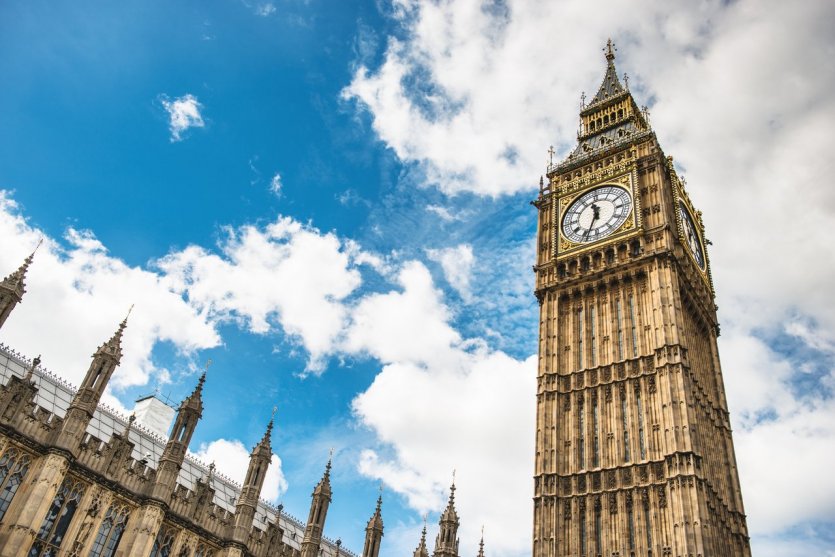
It is the symbol of the city and certainly the most photographed monument. Big Ben, the 96-metre high Clock Tower, contains a 13.5-ton bell that first rang on July 11, 1859. Since then, it has resisted all weather conditions and even bombardments to accomplish its mission: to mark every hour with its carillon... until August 21 of this year! Indeed, Big Ben is being ignored for a period of 4 years, which will be marked by major renovation work.
Buckingham Palace
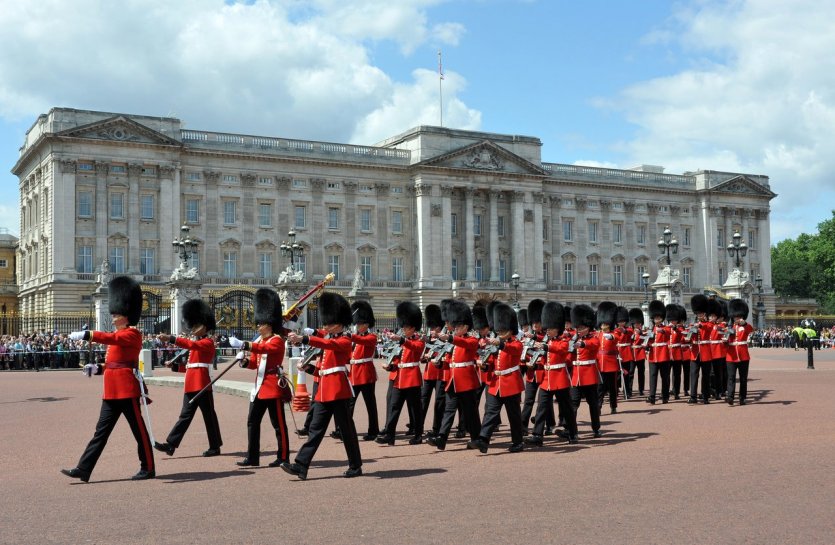
Buckingham Palace is one of the last remaining royal palaces that still serves as the official residence of Queen Elyzabeth II and her family. This historic place has 775 rooms, including 19 "State Rooms", which are open to visitors during the summer holidays when the queen goes on holiday. Throughout the year, you can stroll around his courtyard and, above all, attend the daily relief of the Royal Faction Guard in front of the palace: the ceremony lasts forty minutes, with the colours of the uniforms and the sound of the military band.
Westminster Abbey
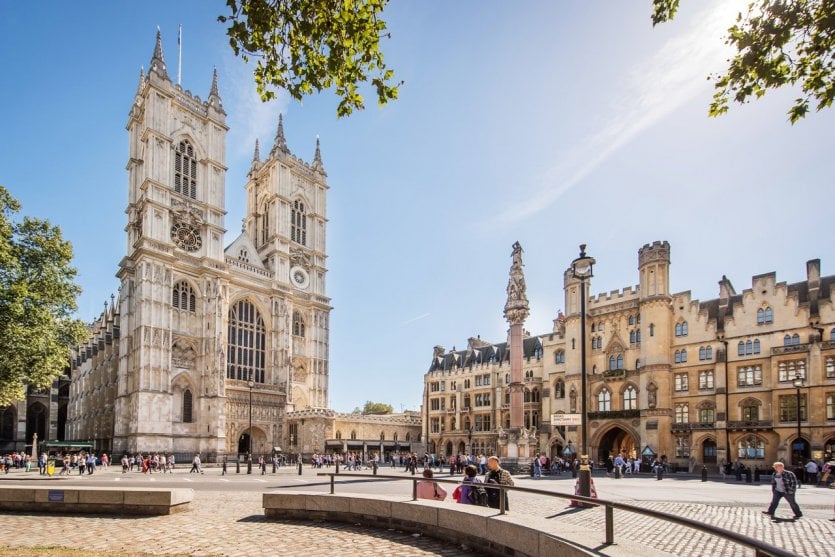
Since the coronation of William the Conqueror, the Abbey has become the site of royal coronations; it also preserves the graves of most of the queens and kings of England. This Gothic abbey has been a UNESCO World Heritage Site since 1987. You can admire its sumptuous nave, the legendary coronation throne, the cloister and the Henri VII chapel before going to the "corner of the poets" where William Shakespeare and Charles Dickens, among others, are buried. The crypt of Saint-Pierre houses the Westminster Abbey Museum and its unique collection of royal and funeral effigies.
The great museums
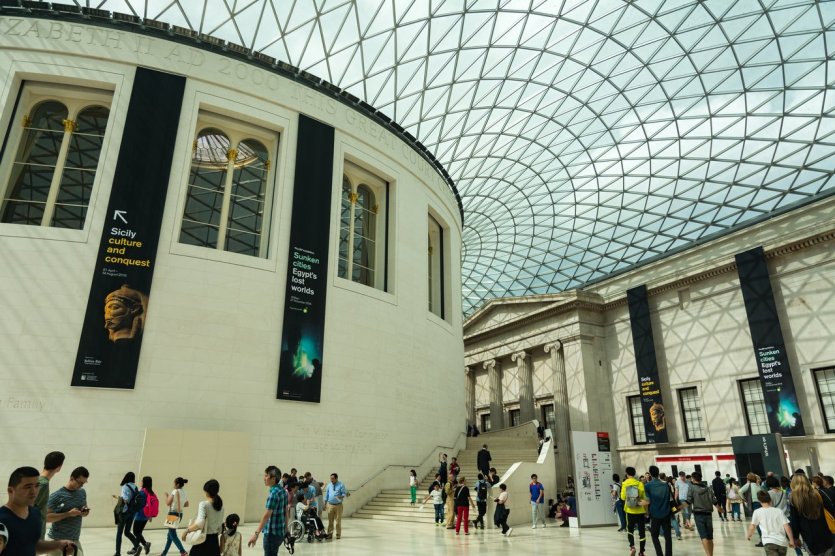
London's cultural offer is incredibly diverse and includes no less than 200 museums. If only three were to be chosen, we would start with the British Museum and its collections of 7 million works and objects from all over the world. Then, to the National Gallery, where masterpieces by Leonardo da Vinci, Michelangelo, Rembrandt, Monet, Van Gogh and Picasso, to name but a few, are on display. Then the Tate Modern, which stands out in a completely different way as it brings together national and international collections of modern and contemporary art.
Tower of London
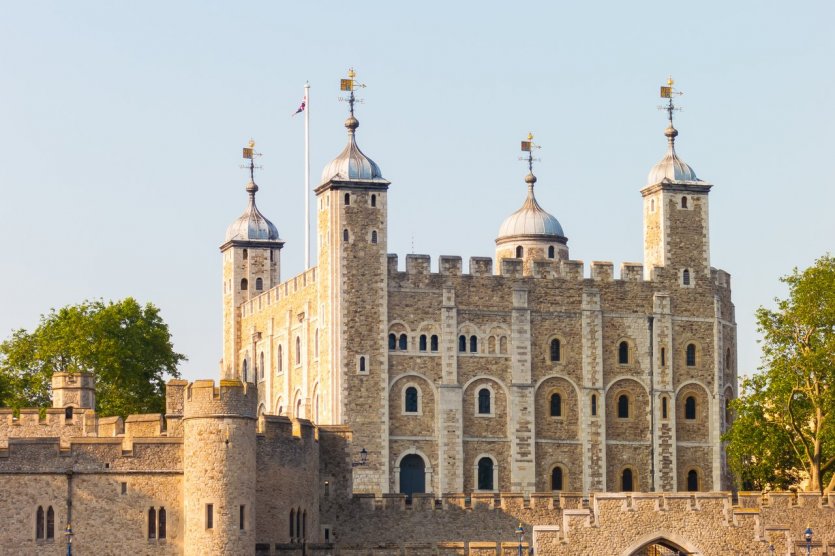
On the banks of the Thames, the Tower of London imposes the massive silhouette of its medieval fortress, which was used alternately as a royal residence, prison and execution site. Partly transformed into museums, it preserves the crown jewels, the coat of arms as well as some of the most beautiful jewellery and diamonds in the world. The guards, called beefeaters, still wear the costume of the Tudors' time, they orchestrate certain visits and take care of the only tenants of the place: these crows who feed the legend, if they were to disappear, the Tower of London would also disappear..
Hyde Park
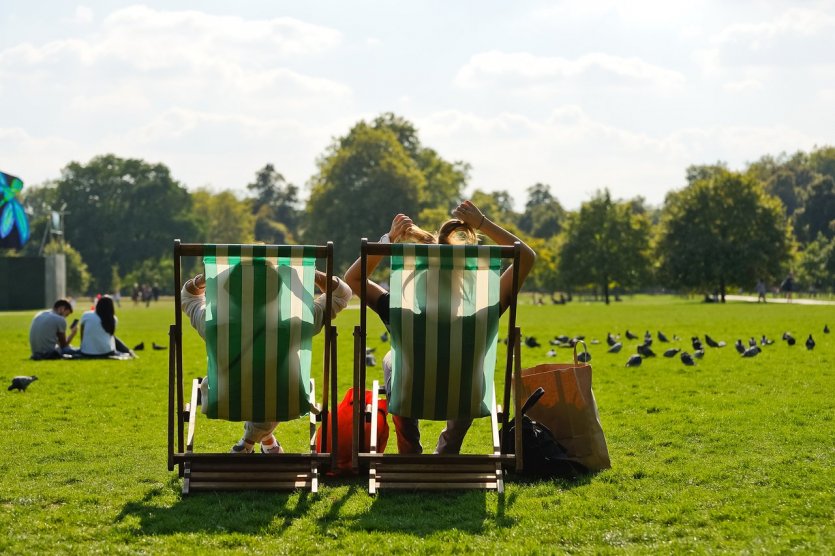
Hype Park is to London what Central Park is to New York: its green lung and the pleasure place of the inhabitants. Once the hunting ground of Henry VIII, Hyde Park and the adjoining gardens of Kensington now lend their 250 hectares to horseback rides, skating, cycling and rowing boats and pedal boats that criss-cross Lake Serpentine. An ice rink in winter, a swimming spot in summer, it offers a thousand sights, including the Speakers' Corner where speakers meet every Sunday morning to discuss the day's topics in broad daylight
Tower Bridge
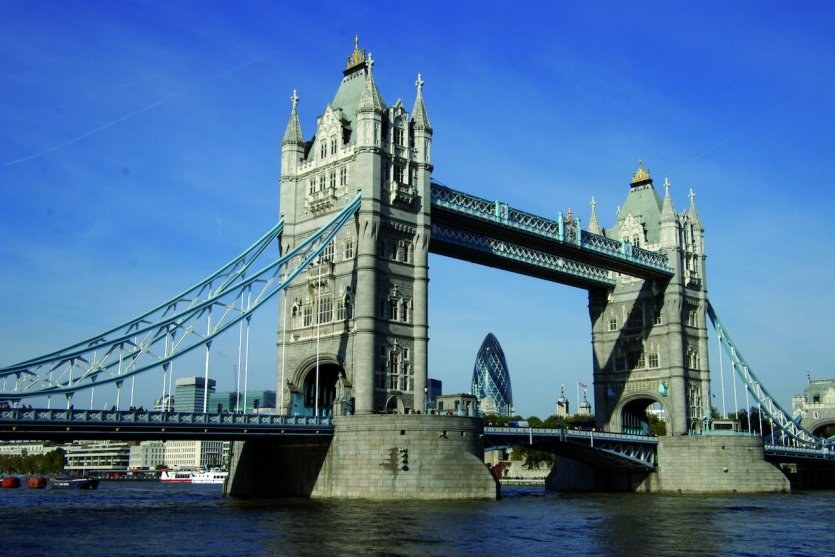
The Tower bridge is on all the pictures, this famous weighbridge has been spanning the Thames since 1894. In addition to its austere Gothic architecture, the particularity of this bridge is that the central part opens and rises to allow large ships to pass through. You can visit the engine room, discover an exhibition on its technical history and walk on a glass footbridge on the upper decks to enjoy unique views of London and the Thames.
Piccadilly Circus
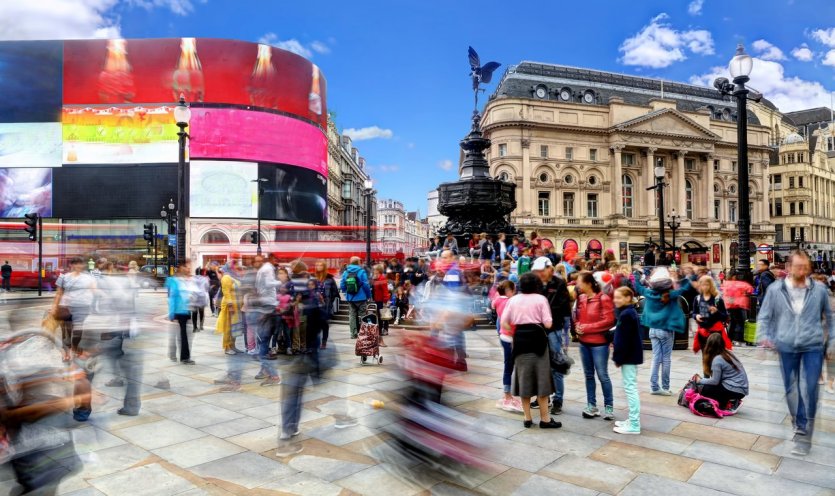
A crossroads where everyone meets... Picadilly Circus is known and recognized for its immense illuminated advertising panels and the Fountain of Eros, located in its center. Intersection of four major arteries, it connects Regent Street businesses, Shaftbury Avenue theatres or heads to Soho, Chinatown and Leicester Square a few steps away. It is a lively crossroads of life at nightfall, with many Londoners passing through to have a drink and dance.
Trafalgar Square
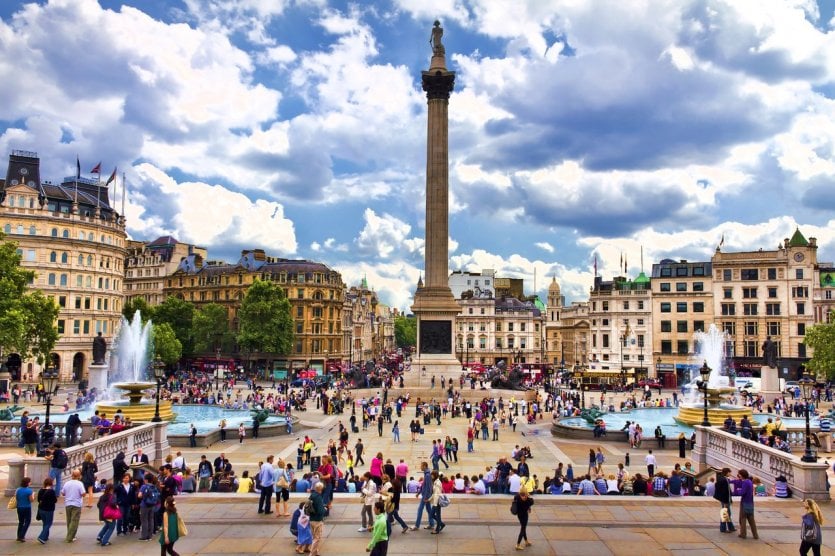
Trafalgar was built in the mid-19th century to commemorate the eponymous victory, that naval battle in which the English defeated Napoleon's French troops. In its heart stands the Column of Nelson, in honour of Admiral Horatio Nelson, who died in battle. Bordered by prestigious monuments and punctuated by fountains and statues, this square is known as a place of civic expression and events such as the infamous Bloody Sunday.
Camden Town
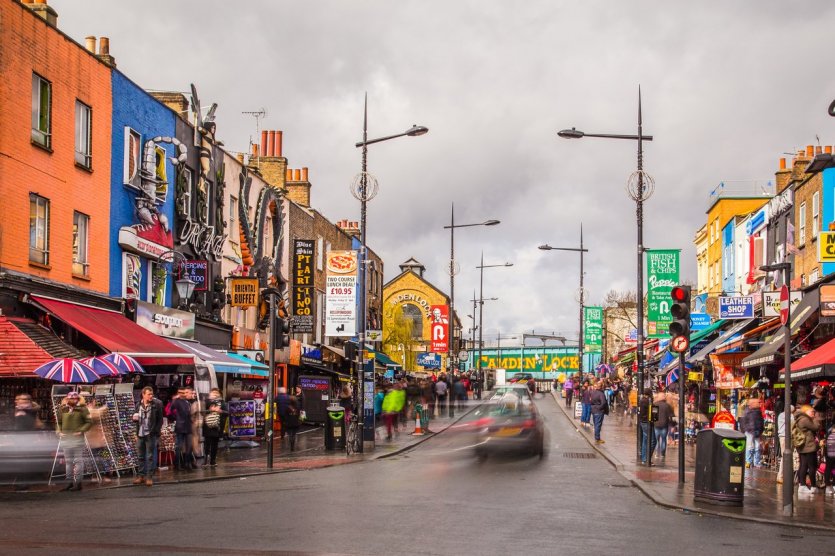
Camden Town is London's alternative district where the most eccentric looks cross paths, without ever turning around! This former industrial wasteland, renovated by artists in the 1970s, hosts a large flea market: clothes and accessories of all styles, especially the most improbable ones, can be found there. Street food, street art, live concerts and crazy pubs: Tandem Town seems to cultivate the memory of its famous resident, Amy Whitehouse, we are no longer surprised to see many doubles there...


